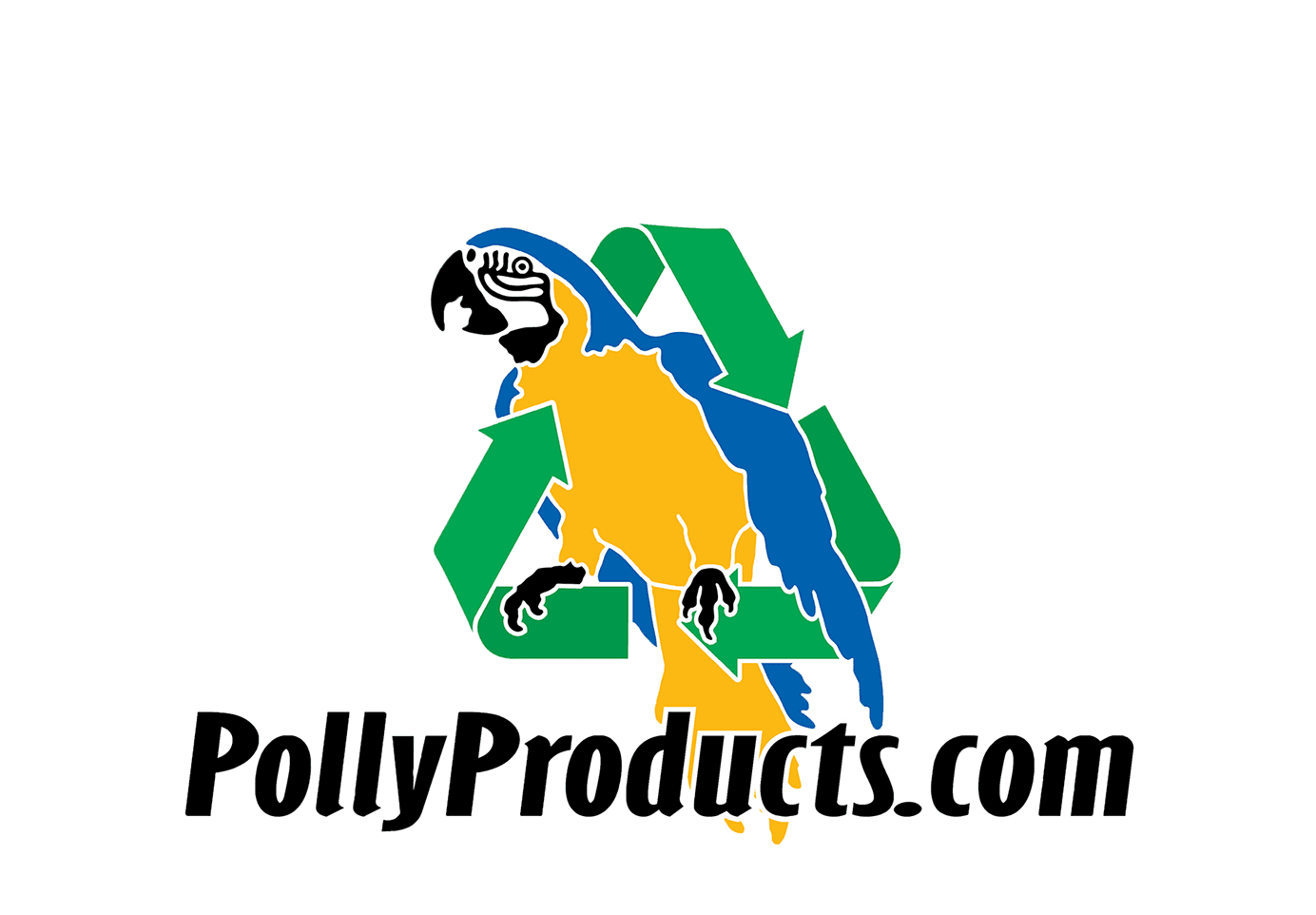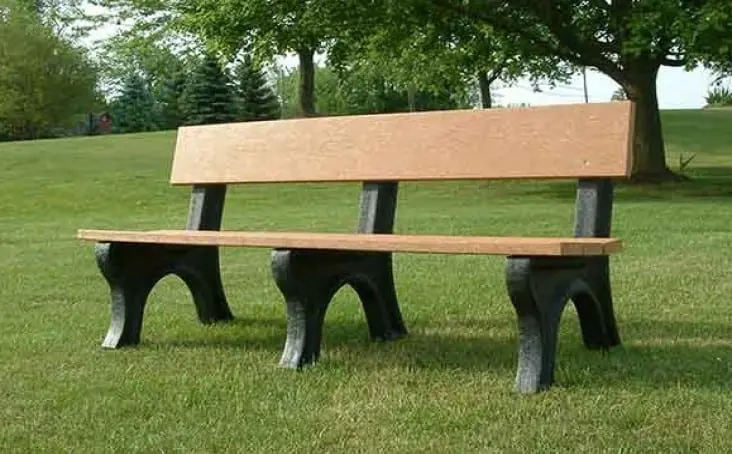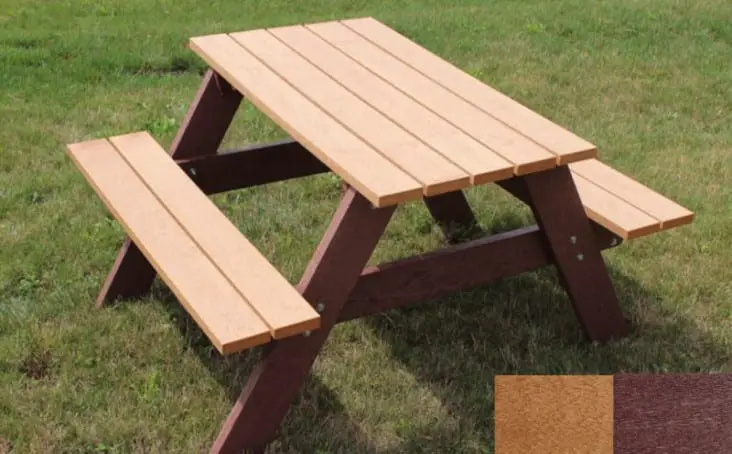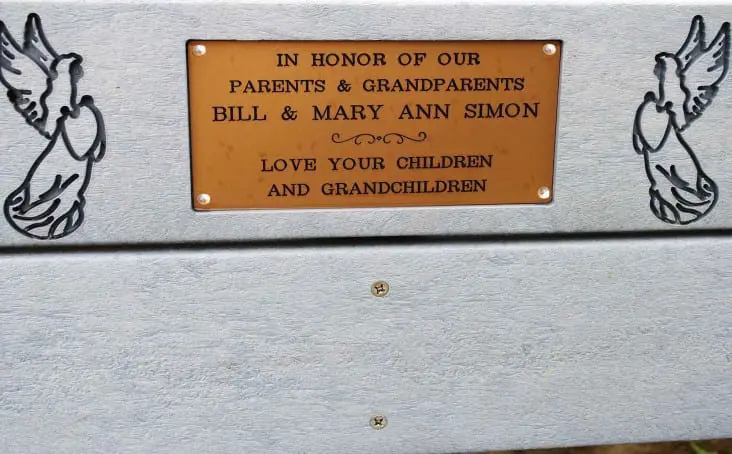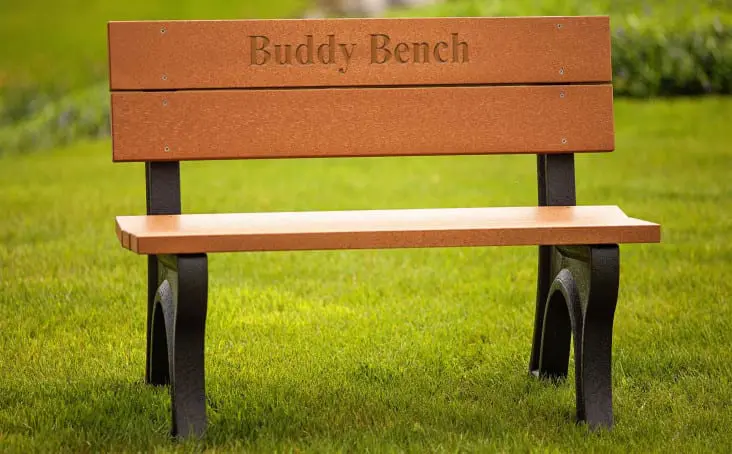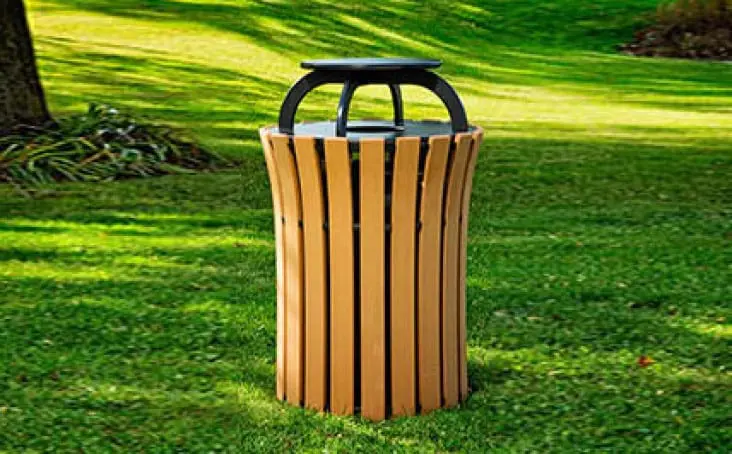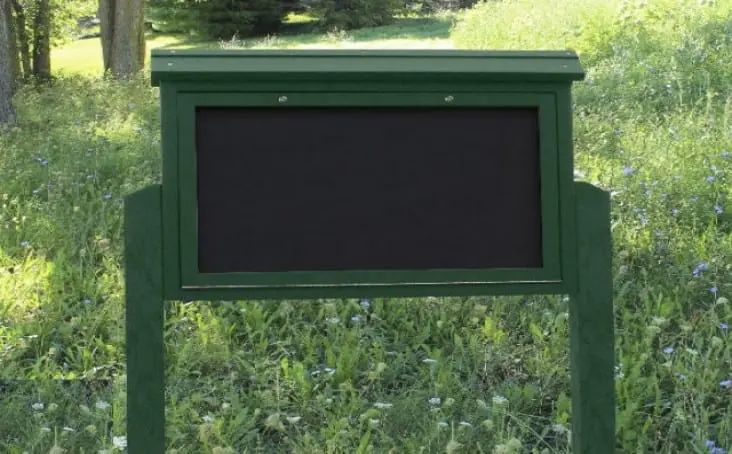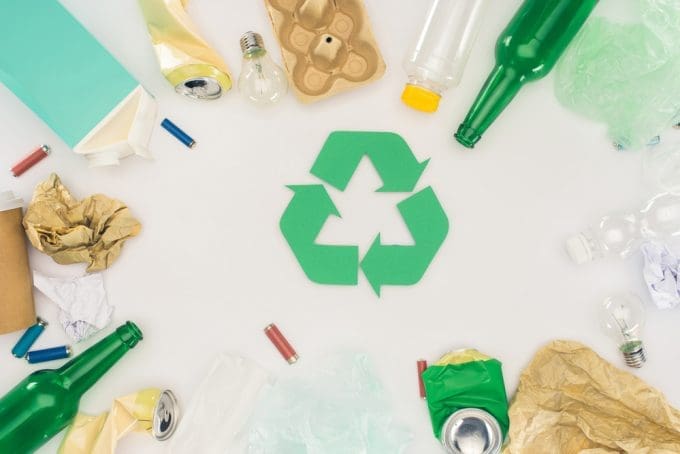

Recycling; we’ve all seen that blue bin, we’ve all seen the bin with lots of different slots and pictures, and we’ve all stood there wondering, “Is the item in my hand recyclable?”
The United States Environmental Protection Agency defines recycling as “The process of collecting and processing materials that would otherwise be thrown away as trash and turning them into new products.” Giving any item a new life other than what it was initially purchased for is recycling.
It’s essential to add recycling to your lifestyle. Recycling is a simple way to contribute to the environment’s longevity, reduce our use of raw materials and energy, and reduce dependence on landfills.
Innovation happens when we add recycling to our lifestyle and society. It causes us to rethink what an item can be used for and gives the item an opportunity for a new life. Individuals can implement recycling in their homes or businesses and government-funded facilities.
More items than we think are recyclable; it depends on what recycling category it falls in. There are three different kinds of recycling: primary, secondary, and tertiary.
The Three Different Kinds of Recycling
Primary
Primary recycling is when an item is reused and not changed in any way to continue its primary function. Simply reusing or donating an item to be used again is primary recycling. This applies to items with use left in them. Businesses that practice sustainability often create products that are “primary” recyclable. Within our consumerism-driven culture, we will most likely tire of something before it “wears out.” Sustainably built items, or “built to last,” offer the option of primary recycling because items can be reused for the same function by someone else.
Examples and ideas for primary recycling:
- Repairing and maintaining items. Restoring an item you own, such as clothing or furniture, is an easy way to continue its life or recycle it for more years of use.
- Clothing exchanges are a way to give your old clothes a new home. Exchanging them for something new to you encourages members of your community to participate in primary recycling and save money in the process!
- Local farmers selling eggs will often offer to refill a store-bought egg carton with farm-fresh eggs.
- Donating items to a local charity or thrift store is a great way to recycle things you no longer require.
Secondary
Secondary recycling is when an item is modified to be reused in a way that isn’t its original purpose without altering its composition. A popular time for secondary recycling is upcycling! Upcycling allows one to get creative with an item before it goes to the recycling plant. A wide variety of items can be upcycled; the sky’s the limit! Many artists use only recycled materials that are no longer needed or can’t perform their primary use to make incredible pieces. Secondary recycling isn’t just for these artists; it’s available to everyone.
Here are a few of our favorite ideas:
- Cut up old clothing that can’t be repaired into cleaning rags. Doing this is a dual purpose! First, you’ll save on buying rags, and you will not need to purchase paper towels that are non-recyclable and wasteful.
- The cardboard egg carton that is filled with soil and used as a seed starter.
- Pizza boxes in most areas aren’t recyclable because there can be food or grease residue on them. However, if you want to keep them out of the trash, they are perfect for covering your garden in the winter.
- Soup cans offer a wide variety of secondary recycling. Cleaned out, they can be made into planters, vases, pencil holders, candle votives, and more.
Upcycle That is an incredible resource for reinventing items you have and giving them a new life.
Tertiary
Tertiary recycling is when your items have finally gone into the recycling bin. Recycling facilities will process these items and separate them into the categories to be reprocessed. Items will be mechanically processed or changed chemically, restoring the materials back into their raw form so they can be re-made into the same or different products.
It’s great to be involved in recycling and doing your part to protect the environment. But not everything can be recycled. And holding out on the hope that something can be reused doesn’t mean it truly can. In fact, putting non-recyclable items into the recycling bin can actually contaminate entire loads at the recycling plant, increasing the number of products ending up in the landfill. That is called ‘Wish-Cycling’ and causes entire loads of recyclables to be landfilled. Recycle Nation provides a tool to look up your zip code and find out what products can be recycled near you. And remember the rule: when in doubt, throw it out.
Polly Products Recycling
Polly Products specializes in tertiary recycling. Our products are made out of 100% recycled plastics, like milk jugs and detergent bottles. We are keeping that plastic out of our ever-growing landfills.
Our outdoor furniture designs incorporate recycling and sustainability. For example, our high-quality designs include UV stabilizers to protect against damaging sun rays. In addition, our furniture is made to divert plastic from landfills and keep it out because it can be recycled again and again. Check out our catalog of 100% recycled outdoor furniture and learn more about our mission and the benefits of buying recycled plastics, here.
